Home>Dining>Tableware>How To Remove Stains From A Tablecloth
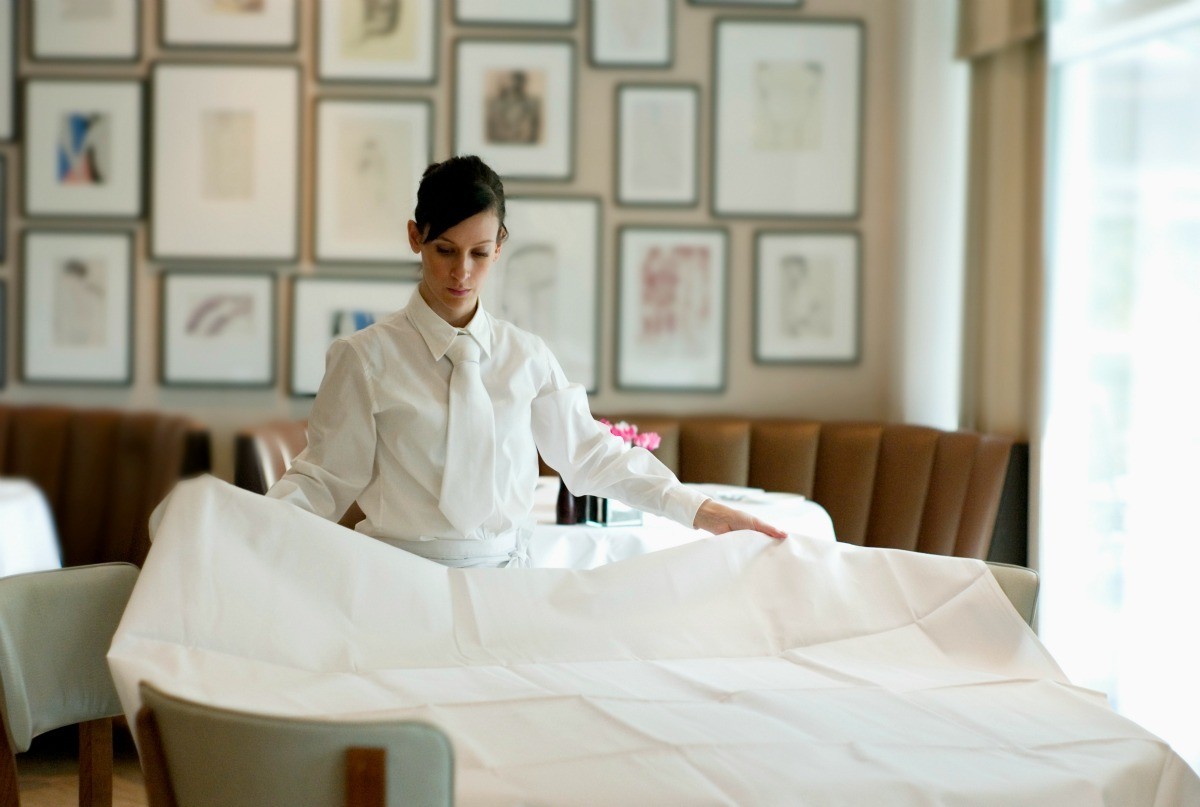

Tableware
How To Remove Stains From A Tablecloth
Modified: February 26, 2024
Learn how to remove stubborn stains from your tablecloth with our effective tableware stain removal tips. Restore your tablecloth's original beauty today!
(Many of the links in this article redirect to a specific reviewed product. Your purchase of these products through affiliate links helps to generate commission for Storables.com, at no extra cost. Learn more)
Introduction
Tablecloths are a versatile and stylish addition to any dining table. They not only protect your table from spills and stains but also enhance the overall aesthetic appeal. However, with daily use, it’s inevitable that your tablecloth will encounter various types of stains, ranging from food and beverage spills to ink and grease marks. Thankfully, with a little know-how and the right techniques, you can easily remove these stains and restore your tablecloth to its former glory.
In this article, we will guide you through the process of removing different types of stains from your tablecloth. Whether it’s a stubborn wine stain or an annoying ink mark, we’ve got you covered. We’ll provide you with step-by-step instructions, along with some handy tips and tricks to ensure your tablecloth looks as good as new.
Before we dive into the specific stain removal methods, it’s important to prepare your tablecloth properly. Always check the care label for any specific instructions from the manufacturer. Some tablecloths may require special treatment or need to be taken to a professional cleaner. Additionally, it’s advisable to tackle the stain as soon as possible, before it has a chance to set and become more difficult to remove.
Now, let’s get started and learn how to remove stains from a tablecloth, so you can enjoy your meals without worrying about accidental spills and marks. Stay tuned for our next section on identifying common types of stains on tablecloths.
Key Takeaways:
- Keep your tablecloth looking fresh and stain-free with the right knowledge and techniques for removing common stains like food, ink, oil, and more. Act quickly, use gentle products, and follow specific pre-treatment and washing procedures for successful stain removal.
- Enjoy worry-free dining by following effective strategies to remove stubborn stains from your tablecloth. From wine and juice spills to ink and rust marks, tackle each stain with patience, gentle techniques, and consider professional cleaning for delicate fabrics.
Common Types of Stains on Tablecloths
Tablecloths can encounter a wide variety of stains, depending on the type of meals, drinks, and activities that take place on your dining table. It’s important to identify the type of stain before attempting any stain removal techniques, as different stains may require different approaches. Here are some common types of stains you may come across:
- Food and Beverage Stains: These stains can include everything from tomato sauce and gravy to wine and coffee spills. They often leave behind visible discoloration and require immediate attention to prevent them from setting.
- Ink and Pen Stains: Ink stains can occur when a pen accidentally leaks or when ink smudges onto the tablecloth. These stains can be particularly stubborn and require specialized treatment.
- Oil and Grease Stains: Greasy foods or oils from cooking can leave unsightly stains on your tablecloth. These stains tend to cling to the fabric and can be challenging to remove.
- Candle Wax Stains: Candlelit dinners can create a romantic ambiance, but they can also lead to wax drips and stains on your tablecloth. These stains require careful handling to avoid spreading the wax further.
- Wine and Juice Stains: Accidental spills of red wine or fruit juices can leave behind deep-colored stains on your tablecloth. The tannins in wine can make these stains particularly difficult to remove.
- Coffee and Tea Stains: Coffee and tea stains can quickly become stubborn and leave behind brown or yellow marks on your tablecloth. The heat and pigments in these beverages can penetrate the fabric easily.
- Rust Stains: Rust stains can occur if metal objects, such as candleholders or utensils, come into contact with your tablecloth and leave behind rust residue. These stains require specific techniques for effective removal.
Now that you’re familiar with the common types of stains that can affect your tablecloth, it’s time to move on to the next section: preparing the tablecloth for stain removal.
Preparing the Tablecloth for Stain Removal
Before you start tackling the stains on your tablecloth, it’s important to properly prepare the fabric. Taking the right steps can make the stain removal process more effective and help prevent any possible damage to the tablecloth. Here’s how to prepare your tablecloth:
- Blot the Stain: If the stain is fresh, gently blot the area with an absorbent cloth or paper towel to remove any excess liquid. Be careful not to rub the stain as it can spread and set further into the fabric.
- Test for Colorfastness: Before using any stain removal products or techniques, it’s essential to test them on a small, inconspicuous area of the tablecloth. This will help you determine if the product or method will cause any discoloration or damage to the fabric.
- Read the Care Labels: Check the care label on your tablecloth for any specific instructions or warnings. The manufacturer may have provided guidelines on recommended cleaning methods or restrictions on using certain chemicals or treatments.
- Pre-treat the Stain: For stubborn stains, you may need to pre-treat the area before washing the entire tablecloth. Use a stain remover or a mixture of mild detergent and water to gently scrub the stained area. Allow the pre-treatment to sit for a few minutes to penetrate the stain.
- Follow Fabric-Specific Guidelines: If your tablecloth is made of a delicate fabric, such as silk or lace, it may require extra care. Consult a professional cleaner or follow specific guidelines for treating stains on delicate materials.
- Consider Professional Cleaning: If you’re unsure about removing the stain yourself or if the tablecloth is made of a valuable or delicate fabric, it’s best to seek the assistance of a professional cleaner. They have the expertise and equipment to handle different types of stains and fabrics.
By following these steps to prepare your tablecloth, you’ll be ready to tackle the stains effectively and minimize the risk of causing further damage. Now, let’s move on to the next section where we’ll provide you with some general stain removal tips to keep in mind.
General Stain Removal Tips
When it comes to removing stains from your tablecloth, there are a few general tips and techniques that can be applied to various types of stains. These tips will help increase the chances of successful stain removal and protect the fabric. Here are some general stain removal tips to keep in mind:
- Act quickly: The sooner you attend to a fresh stain, the easier it will be to remove. Immediate action can prevent the stain from setting into the fabric.
- Avoid heat: Heat can set stains in the fabric, making them more difficult to remove. Avoid exposing the stained area to hot water or heat sources until the stain is fully treated.
- Blot, don’t rub: When dealing with a stain, always blot the affected area gently with a clean cloth or paper towel. Rubbing the stain can spread it further and damage the fabric.
- Test on a hidden area: Before applying any stain removal products or techniques to the entire tablecloth, test them on an inconspicuous area first to ensure they don’t cause any discoloration or damage.
- Use gentle products: Opt for mild detergents, stain removers, or natural ingredients like vinegar or lemon juice to treat stains on your tablecloth. Harsh chemicals may damage the fabric.
- Follow instructions: Read and follow the instructions on the stain removal products carefully. Each product may have specific steps or guidelines to effectively remove stains.
- Patience is key: Some stains may require multiple attempts or extended soaking periods to be fully removed. Be patient and persistent in your stain removal efforts.
- Avoid abrasive measures: Scrubbing or using abrasive tools can damage the fabric of your tablecloth. Use gentle techniques and tools to remove stains without causing additional harm.
- Wash with care: After successfully removing a stain, wash the tablecloth according to the care instructions provided by the manufacturer. Proper washing will ensure the fabric remains in good condition.
By keeping these general stain removal tips in mind, you’ll be better equipped to handle different types of stains on your tablecloth. Now, let’s move on to specific stain removal techniques starting with food and beverage stains.
Removing Food and Beverage Stains
Food and beverage stains are some of the most common types of stains found on tablecloths. Whether it’s a splash of tomato sauce, a wine spill, or a coffee stain, these can leave unsightly marks on your fabric. Here are steps to remove food and beverage stains from your tablecloth:
- Blot the stain: Start by blotting the stain gently with a clean cloth or paper towel to remove any excess liquid. Avoid rubbing the stain, as it can push it deeper into the fabric.
- Pre-treat the stain: Create a mixture of mild dish soap and warm water. Apply a small amount of the solution to the stain and gently rub it in using a clean cloth or sponge. Let it sit for a few minutes to penetrate the stain.
- Rinse and wash: Rinse the pre-treated area with cool water to remove the soap solution. Then, launder the tablecloth as per the care instructions provided by the manufacturer. Use a mild detergent and wash on a gentle cycle.
- Check for residue: After washing, check the stained area for any remaining residue. If the stain persists, repeat the pre-treatment process or try a stain remover specifically designed for food and beverage stains.
For specific food and beverage stains, here are some additional tips:
- Red Wine Stains: If dealing with a red wine stain, you can try blotting the stain with white wine or club soda, followed by the pre-treatment steps mentioned above.
- Coffee and Tea Stains: For coffee and tea stains, mix equal parts of vinegar and water and soak the stained area for about 15 minutes. Then, rinse and wash the tablecloth.
- Fruit Juice Stains: Fruit juice stains can be treated by applying a mixture of 1 tablespoon of white vinegar and 2 tablespoons of dish soap to the stain, letting it sit for a few minutes, and then laundering the tablecloth.
- Oil and Grease Stains: For oil and grease stains, sprinkle some cornstarch or talcum powder over the stain and let it absorb the oil. Then, gently brush off the powder and proceed with the pre-treatment steps mentioned earlier.
Remember, it’s essential to act quickly when dealing with food and beverage stains and to follow the pre-treatment and laundering steps accurately. Now, let’s move on to the next section where we’ll explore how to remove ink and pen stains from your tablecloth.
Removing Ink and Pen Stains
Dealing with ink and pen stains on your tablecloth can be a bit more challenging. These stains can be stubborn and require specific techniques to effectively remove them. Here’s how you can tackle ink and pen stains:
- Blot the stain: Begin by blotting the ink stain with a clean cloth or paper towel to absorb as much ink as possible. Avoid rubbing the stain, as it can spread the ink further.
- Apply rubbing alcohol: Dampen a clean cloth or cotton ball with rubbing alcohol and gently dab the ink stain. Be careful not to over-saturate the fabric.
- Blot with a clean cloth: Blot the area with a clean cloth to lift the ink from the fabric. Repeat this step with a fresh cloth until the ink no longer transfers.
- Rinse and wash: Rinse the stained area with cool water to remove any excess rubbing alcohol. Then, proceed to wash the tablecloth as per the care instructions provided by the manufacturer.
If the ink stain persists after these steps, you can try using a stain remover specifically designed for ink stains. Follow the instructions on the product and test it on a hidden area of the tablecloth first to ensure it doesn’t cause any discoloration.
Keep in mind that ink and pen stains can be quite stubborn and may require multiple attempts to remove completely. If the stain persists even after trying different methods, it’s advisable to consult a professional cleaner who specializes in stain removal.
Now, let’s move on to discussing how to remove oil and grease stains from your tablecloth in section 6.
Removing Oil and Grease Stains
Oil and grease stains can be quite frustrating to deal with, as they tend to cling to the fabric and leave noticeable marks on your tablecloth. However, with the right approach, you can effectively remove these stubborn stains. Here’s how to tackle oil and grease stains:
- Blot the stain: Start by blotting the oil or grease stain with a clean cloth or paper towel. Gently press down on the stain to soak up as much of the oil or grease as possible. Avoid rubbing, as it can spread the stain further.
- Pre-treat the stain: Sprinkle a generous amount of baking soda or cornstarch over the stain and gently rub it in. Let it sit for about 15 minutes to absorb the oil or grease.
- Brush off the powder: After the waiting period, use a soft brush or cloth to brush off the baking soda or cornstarch. Be gentle to avoid damaging the fabric.
- Apply dish soap: Apply a small amount of mild dish soap directly to the stained area. Gently rub the soap into the fabric using a clean cloth or sponge.
- Rinse and wash: Rinse the pre-treated area with cool water to remove the soap. Then, launder the tablecloth as per the care instructions provided by the manufacturer. Use a mild detergent and wash on a gentle cycle.
For particularly stubborn oil and grease stains, you can use a grease-fighting dishwashing detergent. Simply apply a small amount to the stain, let it sit for a few minutes, and then wash the tablecloth as usual.
If the stain persists after these steps, you may need to repeat the process or consider using a specialized stain remover for oil and grease stains. Always test any stain remover on a hidden area of the tablecloth first to ensure it doesn’t cause any damage or discoloration.
Now that you know how to remove oil and grease stains, let’s move on to section 7, where we’ll discuss how to remove candle wax stains from your tablecloth.
To remove stains from a tablecloth, try using a mixture of equal parts hydrogen peroxide and dish soap. Apply the mixture to the stain, let it sit for a few minutes, then wash as usual.
Removing Candle Wax Stains
Candlelit dinners can create a cozy and romantic atmosphere, but they can also leave behind unsightly candle wax stains on your tablecloth. Removing candle wax stains requires careful handling to avoid spreading the wax further and damaging the fabric. Here’s how you can remove candle wax stains:
- Freeze the wax: Place the tablecloth in the freezer for about 30 minutes to harden the wax. This will make it easier to remove.
- Scrape off the wax: Once the wax is hardened, use a blunt knife or your fingernail to gently scrape off as much wax as possible. Be cautious not to damage the tablecloth fibers.
- Ironing method: Lay the tablecloth between two clean paper towels or brown paper bags. Set your iron to a low heat setting (without steam) and gently iron over the paper towels/bags. The heat will melt the remaining wax, and the paper towels/bags will absorb it. Move the paper towels/bags frequently to avoid transferring the melted wax back onto the tablecloth.
- Spot treat: If there are any remaining wax stains, you can spot treat them by applying a small amount of an oil-based stain remover or rubbing alcohol to the affected area. Gently blot the stain with a clean cloth or paper towel.
- Rinse and wash: Rinse the treated area with cool water to remove any residue from the stain remover or rubbing alcohol. Finally, launder the tablecloth as per the care instructions provided by the manufacturer.
It’s important to note that some tablecloth fabrics, such as delicate silk or lace, may require professional cleaning for candle wax stain removal. If you’re unsure or concerned about damaging the fabric, it’s best to seek the assistance of a professional cleaner who specializes in treating delicate materials.
Now that you know how to remove candle wax stains, let’s move on to section 8 where we’ll discuss how to remove wine and juice stains from your tablecloth.
Removing Wine and Juice Stains
Accidental spills of wine or fruit juices can leave behind deep-colored stains on your tablecloth. These stains can be particularly stubborn, especially if they contain tannins. By acting quickly and using the right stain removal techniques, you can effectively remove wine and juice stains from your tablecloth. Here’s what you can do:
- Blot the stain: Start by blotting the stained area with a clean cloth or paper towel to absorb as much liquid as possible. Avoid rubbing the stain, as it can spread it further.
- Rinse with cold water: Rinse the stained area under cold running water as soon as possible. This will help dilute the stain and prevent it from setting deeper into the fabric.
- Pre-treat with a stain remover or vinegar: Before washing the tablecloth, you can pre-treat the stain by applying a small amount of stain remover directly to the stained area. Alternatively, you can create a mixture of equal parts white vinegar and water and apply it to the stain. Let it sit for a few minutes to penetrate the fabric.
- Launder as per the care instructions: Proceed to wash the tablecloth as per the care instructions provided by the manufacturer. Use a mild detergent, and consider adding a stain-fighting booster or oxygen-based bleach to the wash for better stain removal.
- Check the stain before drying: After washing, check the stained area to ensure the stain is fully removed. If needed, repeat the pre-treatment and washing process before drying the tablecloth.
For particularly stubborn wine or juice stains, you may need to soak the tablecloth in a mixture of warm water and oxygen-based bleach before washing. However, be sure to check the care label and test the bleach solution on a small, inconspicuous area of the tablecloth first to ensure it’s safe for the fabric.
Remember, the key to successfully removing wine and juice stains is to act quickly, rinse with cold water, pre-treat, and wash according to the care instructions. Now, let’s move on to section 9 where we’ll discuss how to remove coffee and tea stains from your tablecloth.
Read more: How To Remove Stains From A Lace Tablecloth
Removing Coffee and Tea Stains
Coffee and tea stains are common and can leave behind unsightly brown or yellow marks on your tablecloth. The heat and pigments in these beverages can easily penetrate the fabric, making the stains more challenging to remove. However, with the right approach, you can successfully eliminate coffee and tea stains. Here’s how:
- Blot the stain: Start by blotting the stained area with a clean cloth or paper towel to absorb as much coffee or tea as possible. Avoid rubbing the stain, as it can spread it further into the fabric.
- Rinse with cold water: Rinse the stained area under cold running water immediately. This will help dilute the stain and prevent it from setting further.
- Pre-treat with a stain remover or vinegar: Apply a small amount of liquid detergent or stain remover directly to the stained area. Gently rub the stain remover into the fabric using a clean cloth or a soft brush. Alternatively, you can create a mixture of equal parts white vinegar and water and apply it to the stain. Allow the pre-treatment to sit for a few minutes.
- Wash as per the care instructions: Launder the tablecloth as per the care instructions provided by the manufacturer. Use a mild detergent and consider adding a stain-fighting booster or enzyme-based cleaner to the wash.
- Check for residual stains: After washing, check the stained area to ensure the coffee or tea stain is fully removed. If needed, repeat the pre-treatment and washing process before drying the tablecloth.
If the coffee or tea stain remains after repeated attempts, you can try using a commercial stain remover that is safe for the fabric. Always test the stain remover on a small, inconspicuous area of the tablecloth first to ensure it doesn’t cause any discoloration or damage.
It’s worth mentioning that older coffee and tea stains may require additional treatment. You can try soaking the tablecloth in a mixture of warm water and oxygen bleach before laundering. However, be sure to check the care label and test the bleach solution on a small area of the fabric first.
Now that you know how to remove coffee and tea stains, let’s move on to section 10, where we’ll discuss how to remove rust stains from your tablecloth.
Removing Rust Stains
Accidental encounters with metal objects or exposure to rusty surfaces can lead to rust stains on your tablecloth. These stains can be challenging to remove, but with the right techniques, you can effectively get rid of them. Here’s how to remove rust stains from your tablecloth:
- Act quickly: It’s important to address rust stains as soon as possible. The longer the stain sits, the more difficult it becomes to remove.
- Pre-treat with lemon juice: Squeeze fresh lemon juice directly onto the rust stain and let it sit for a few minutes. Lemon juice contains citric acid, which can help break down the rust and make it easier to remove.
- Scrub with salt and lemon: Sprinkle some salt onto the lemon juice-treated area and use the cut side of the lemon to scrub the fabric. The combination of salt and lemon acts as a gentle abrasive to remove the rust stain.
- Rinse and assess: Rinse the treated area with cool water to remove any residue. Assess the progress of the stain removal. If needed, repeat the pre-treatment process or move on to the next step.
- Use a rust remover: If the rust stain persists, you can try using a commercial rust remover specifically designed for fabrics. Follow the instructions provided by the product and test it on a small, inconspicuous area of the tablecloth first.
- Wash as per the care instructions: After successfully removing the rust stain, wash the tablecloth as per the care instructions provided by the manufacturer. Use a mild detergent and consider adding a stain-fighting booster or vinegar to the wash for an extra cleaning boost.
It’s worth noting that rust stains can be stubborn, and complete removal may not always be possible. If all attempts fail or if the tablecloth is made from delicate or valuable fabric, consider seeking professional cleaning assistance to avoid any potential damage.
Now that you know how to remove rust stains, let’s move on to section 11 where we’ll provide you with some additional tips for dealing with stubborn stains on your tablecloth.
Additional Tips for Stubborn Stains
While the previous sections covered specific stain removal techniques for common tablecloth stains, there are some additional tips and tricks that can help you tackle stubborn stains. These tips can be applied to various types of stains and provide extra assistance in removing those stubborn marks. Here are some additional tips for dealing with stubborn stains on your tablecloth:
- Soak in a solution: For tough stains, consider soaking the tablecloth in a solution tailored to the stain type. For example, you can create a solution of warm water and oxygen-based bleach for general stain removal or mix vinegar and water for specific stains like coffee or tea.
- Direct sunlight: If the tablecloth is white or light-colored, you can lay it in direct sunlight for a few hours. Sunlight can naturally bleach and lighten stains. However, be cautious as prolonged sun exposure can also fade the fabric.
- Baking soda paste: Make a paste using baking soda and water and apply it to the stain. Let it sit for a few hours before rinsing and laundering the tablecloth. Baking soda acts as a gentle abrasive and can help lift stubborn stains.
- Club soda: Club soda can be effective in removing stains, especially for wine or juice spills. Blot the stain with club soda and then rinse with cold water before washing.
- Hydrogen peroxide: Hydrogen peroxide can be used as a stain remover for certain types of stains. Test it on a small area of the tablecloth first to ensure it doesn’t cause any discoloration.
- Consider professional cleaning: If the stain persists despite your best efforts, or if the tablecloth is made of delicate or valuable fabric, it’s wise to seek the help of a professional cleaner. They will have the expertise and proper cleaning techniques to handle stubborn stains without causing damage to the fabric.
Remember, it’s always essential to test any stain removal method or product on a small, inconspicuous area of the tablecloth before applying it to the stained area. This will help ensure compatibility and prevent any potential damage or discoloration to the fabric.
By following these additional tips, you’ll be well-equipped to tackle stubborn stains and restore your tablecloth to its pristine condition. Now you can enjoy your meals and gatherings without worrying about unsightly marks on your favorite tablecloth!
Hopefully, this comprehensive guide has provided you with the knowledge and techniques needed to remove different types of stains from your tablecloth. With a little patience and the right approach, you can keep your tablecloth looking fresh and stain-free for many more meals to come.
Happy stain removal and happy dining!
(Word count: 489)
Conclusion
Tablecloths are not just functional pieces to protect your dining table from spills and stains; they also contribute to the overall aesthetic appeal of your dining area. However, over time, tablecloths are bound to encounter various types of stains, ranging from food and beverage spills to ink and grease marks. Luckily, with the right knowledge and techniques, you can easily remove these stains and restore your tablecloth to its former glory.
In this article, we have covered a variety of common stains that can affect tablecloths, including food and beverage stains, ink and pen stains, oil and grease stains, candle wax stains, wine and juice stains, coffee and tea stains, and rust stains. For each type of stain, we have provided effective strategies and step-by-step instructions to help you remove them with ease.
When approaching stain removal, it’s important to act quickly and follow proper pre-treatment and washing procedures. Blotting the stain, testing stain removal products, and following the care instructions on the tablecloth are key steps to ensure successful stain removal and prevent damage to the fabric.
Additionally, we have provided some general stain removal tips, such as acting quickly, avoiding heat, using gentle products, and practicing patience. These tips apply to various types of stains and will enhance your overall stain removal success.
If you encounter stubborn stains that are not easily removed with household methods, it’s wise to seek the assistance of a professional cleaner. They have the expertise and specialized tools to handle different types of stains and delicate fabrics without causing further damage.
By keeping this comprehensive guide handy, you can confidently tackle any stain that may appear on your tablecloth. Remember, prevention is always better than cure, so taking precautions to minimize spills and using proper table etiquette will help maintain the overall cleanliness of your tablecloth.
Now you can enjoy your meals without the worry of stains, knowing that you have the knowledge and techniques to restore your beloved tablecloth to its original beauty. So, let’s embrace the joy of dining and make lasting memories around a beautifully clean and stain-free tablecloth!
(Word count: 356)
Frequently Asked Questions about How To Remove Stains From A Tablecloth
Was this page helpful?
At Storables.com, we guarantee accurate and reliable information. Our content, validated by Expert Board Contributors, is crafted following stringent Editorial Policies. We're committed to providing you with well-researched, expert-backed insights for all your informational needs.
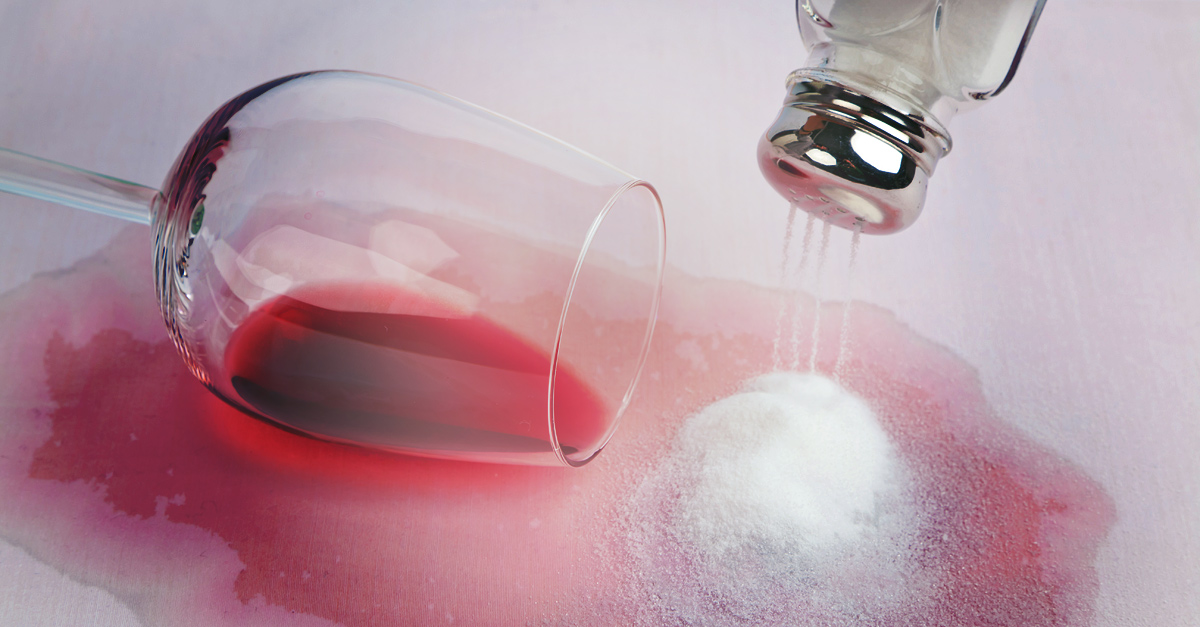
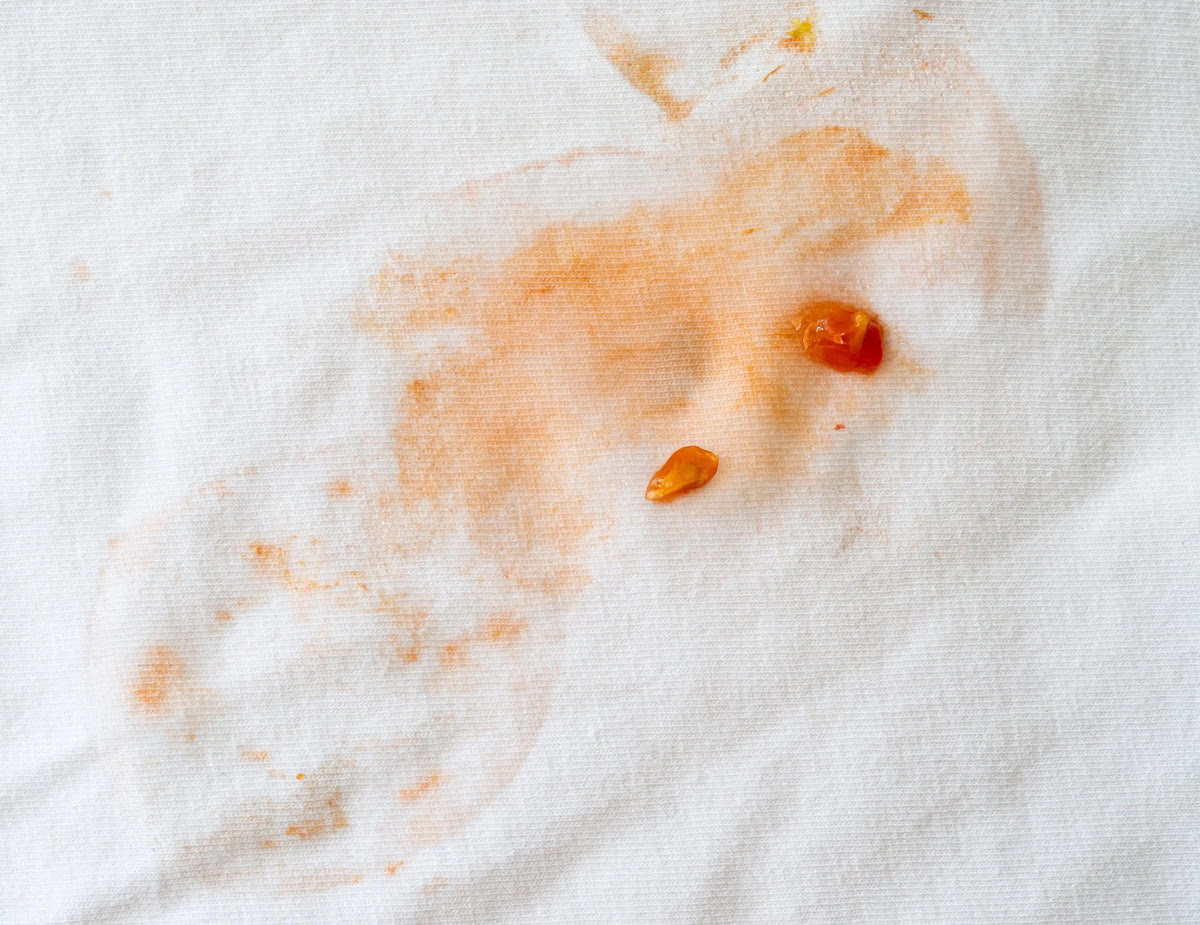
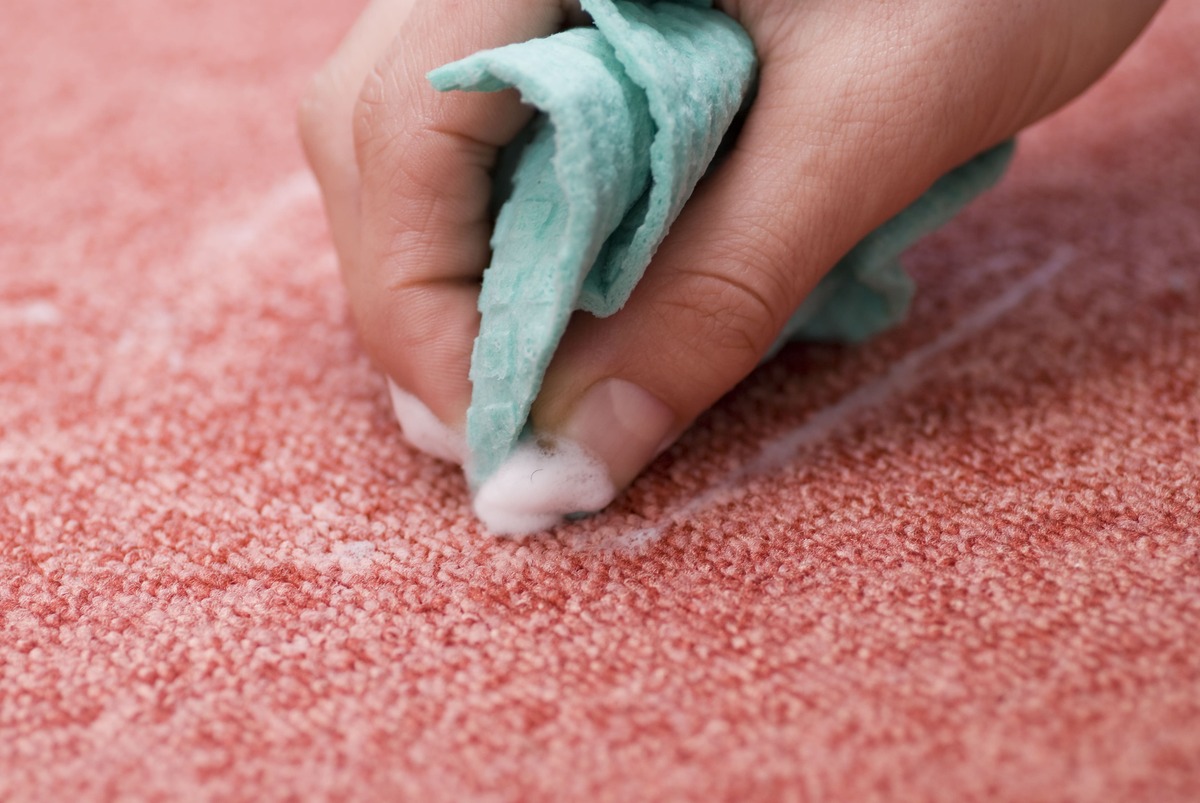
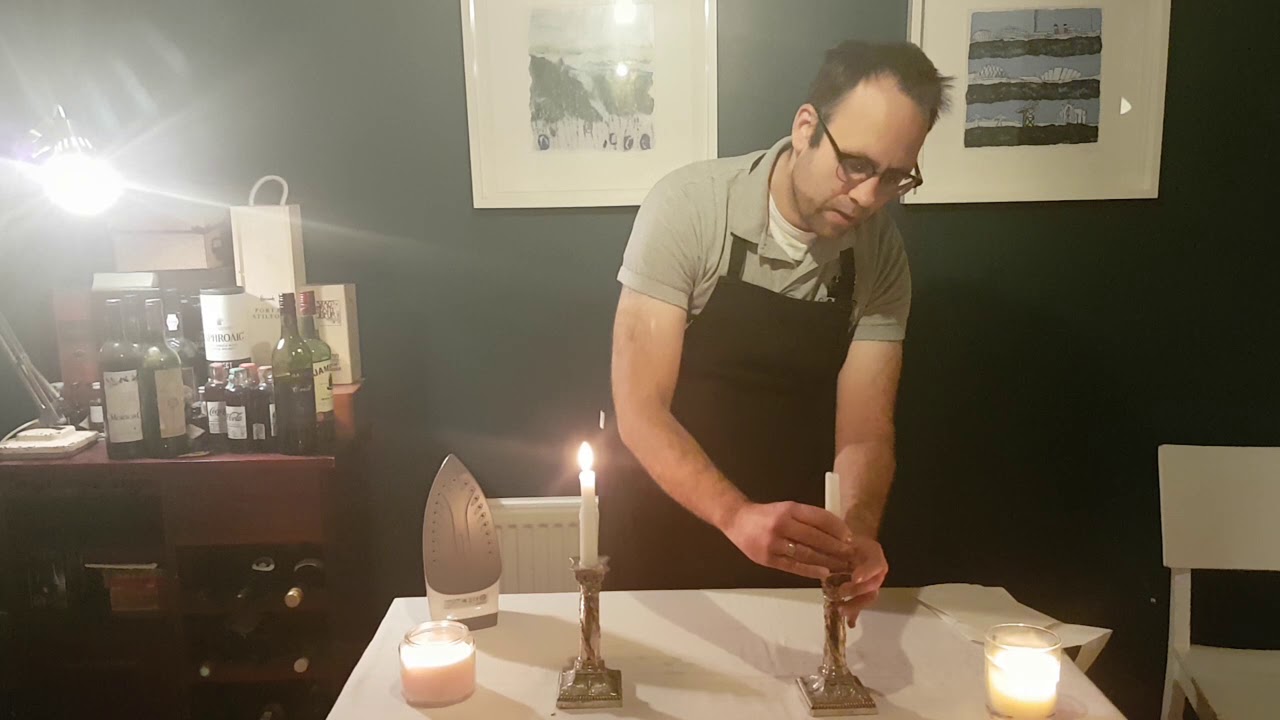
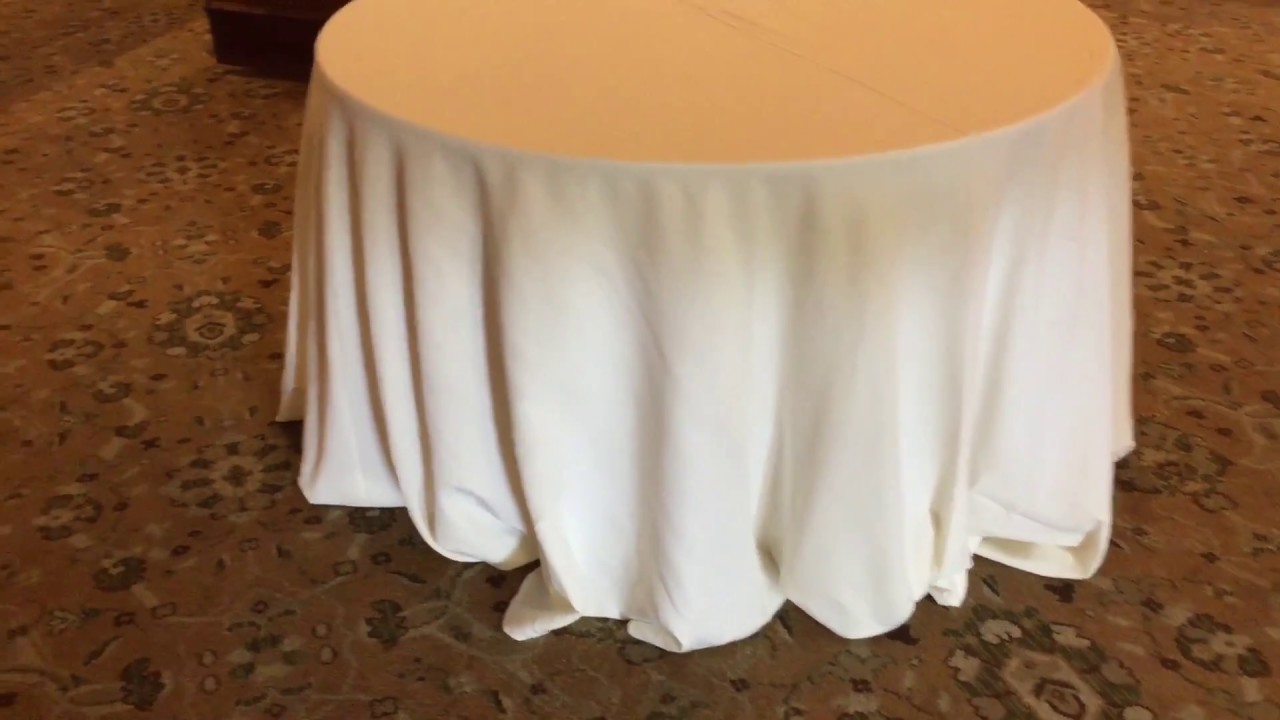
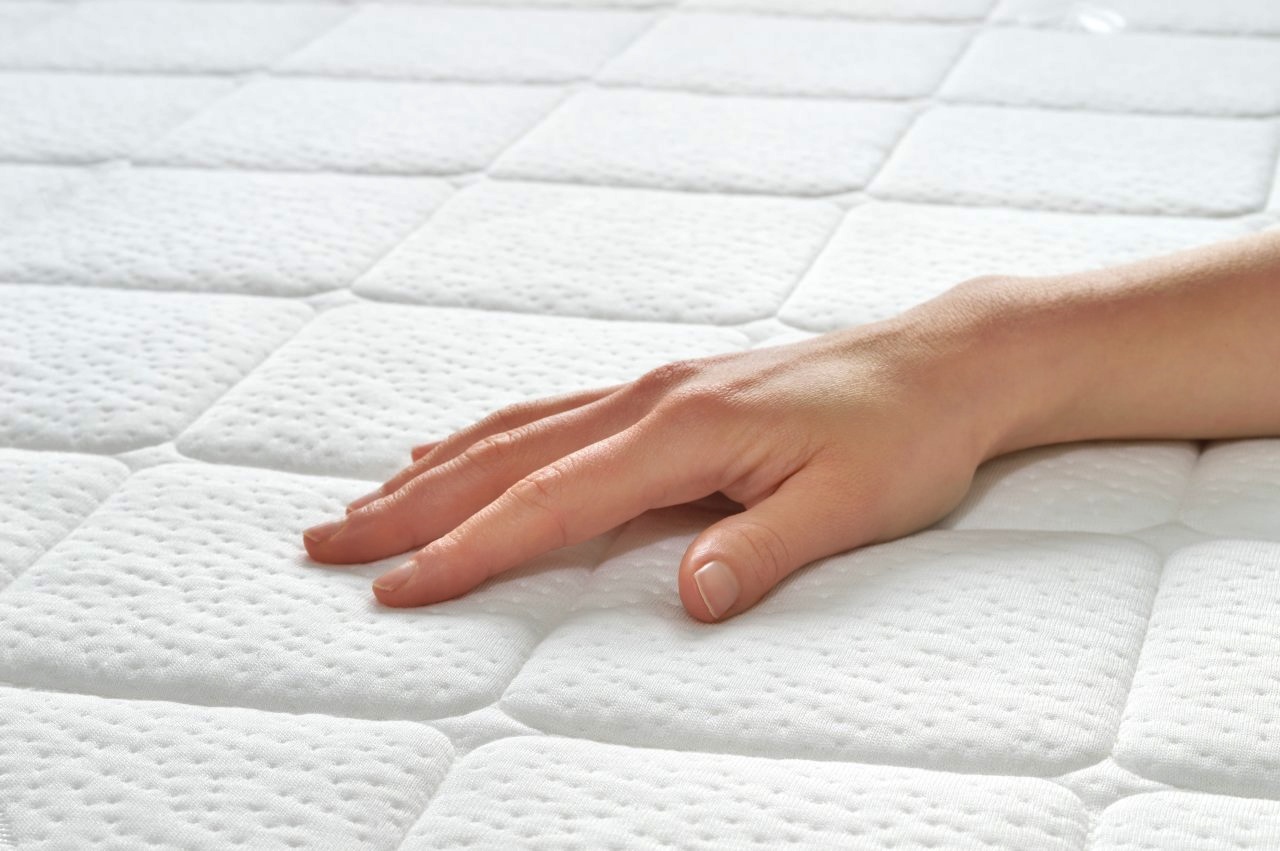
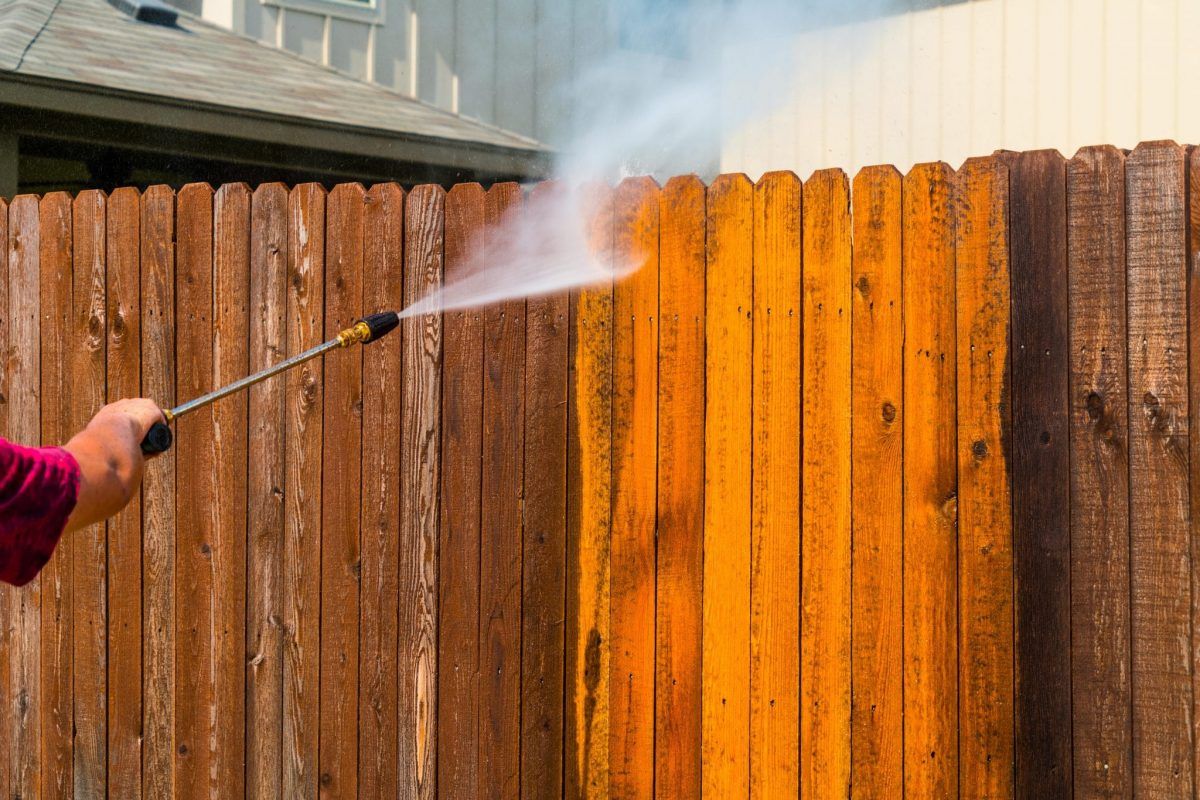
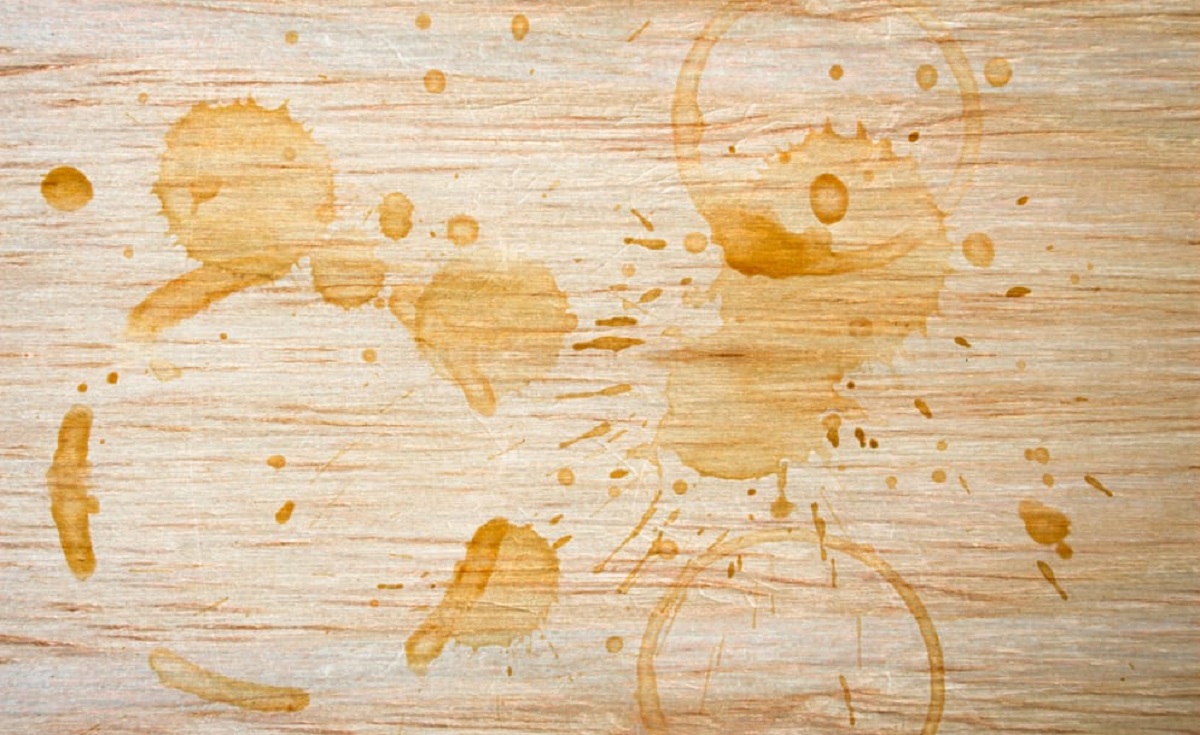
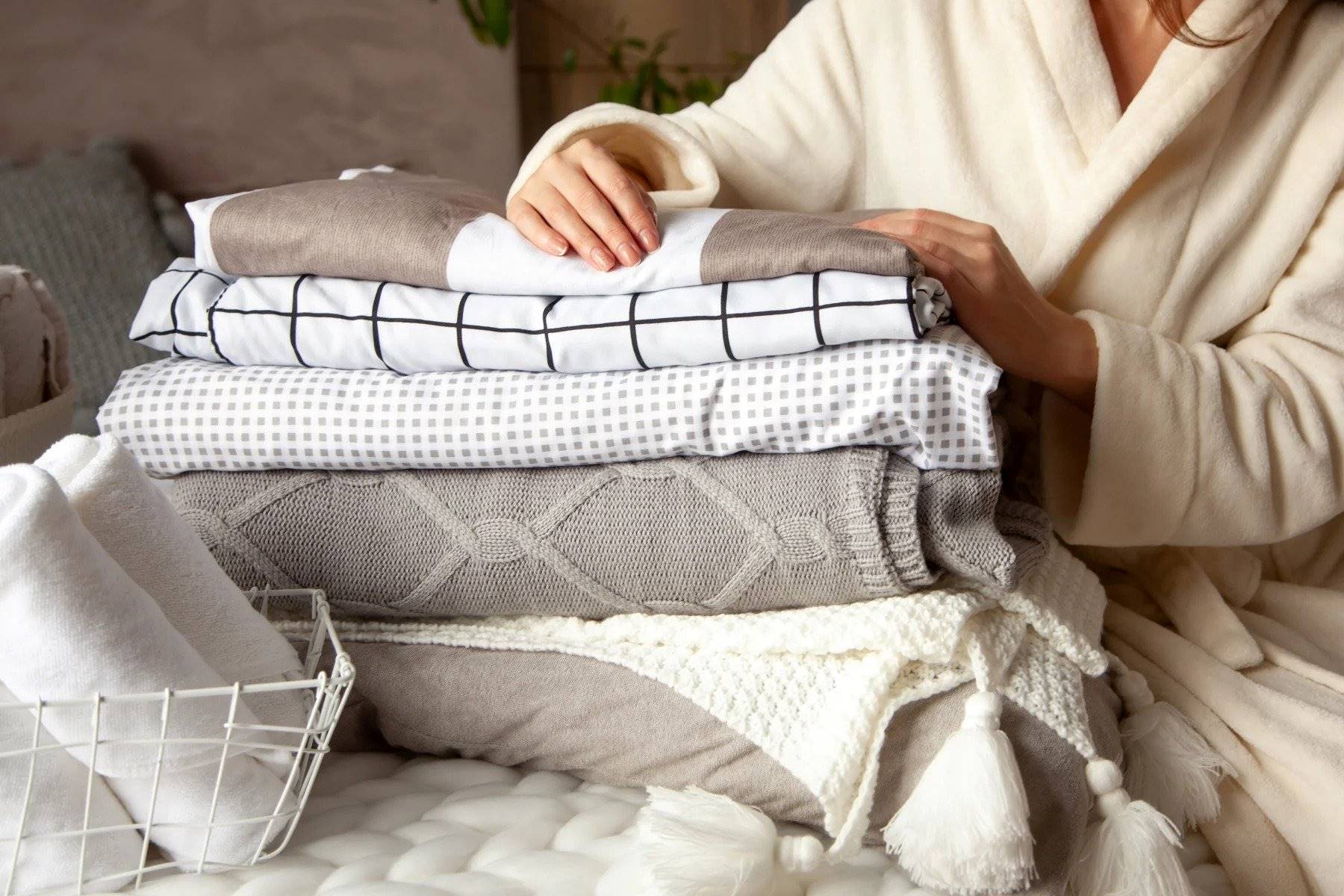
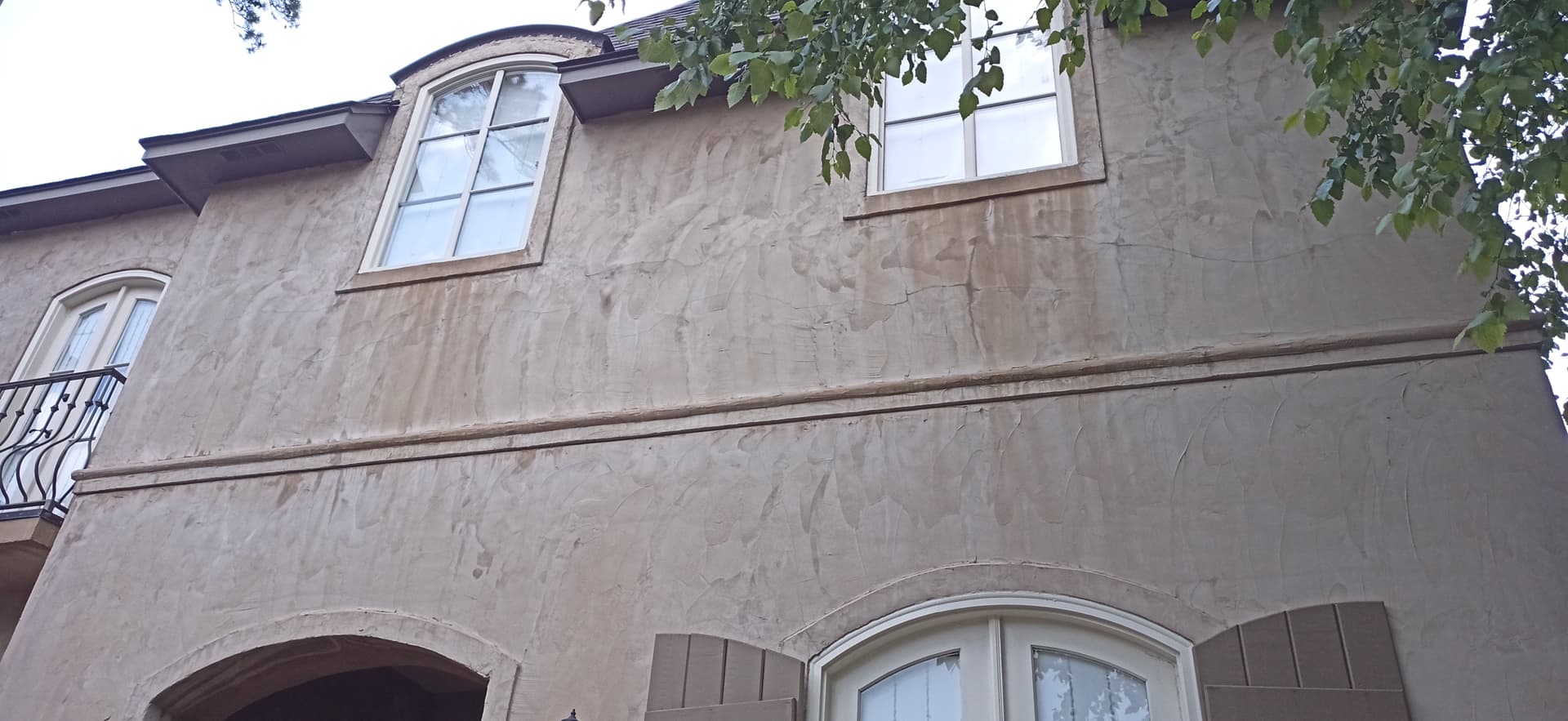
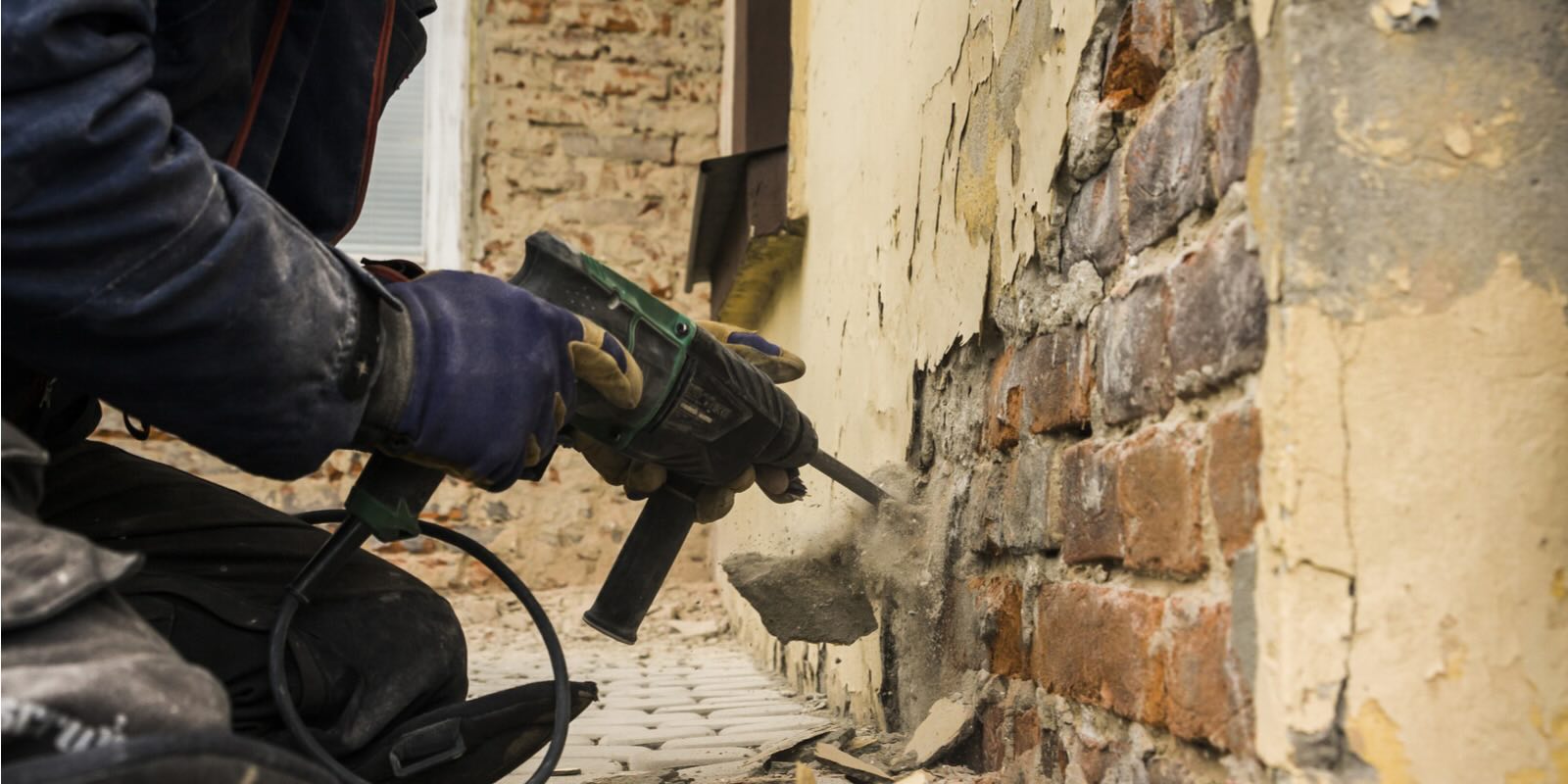
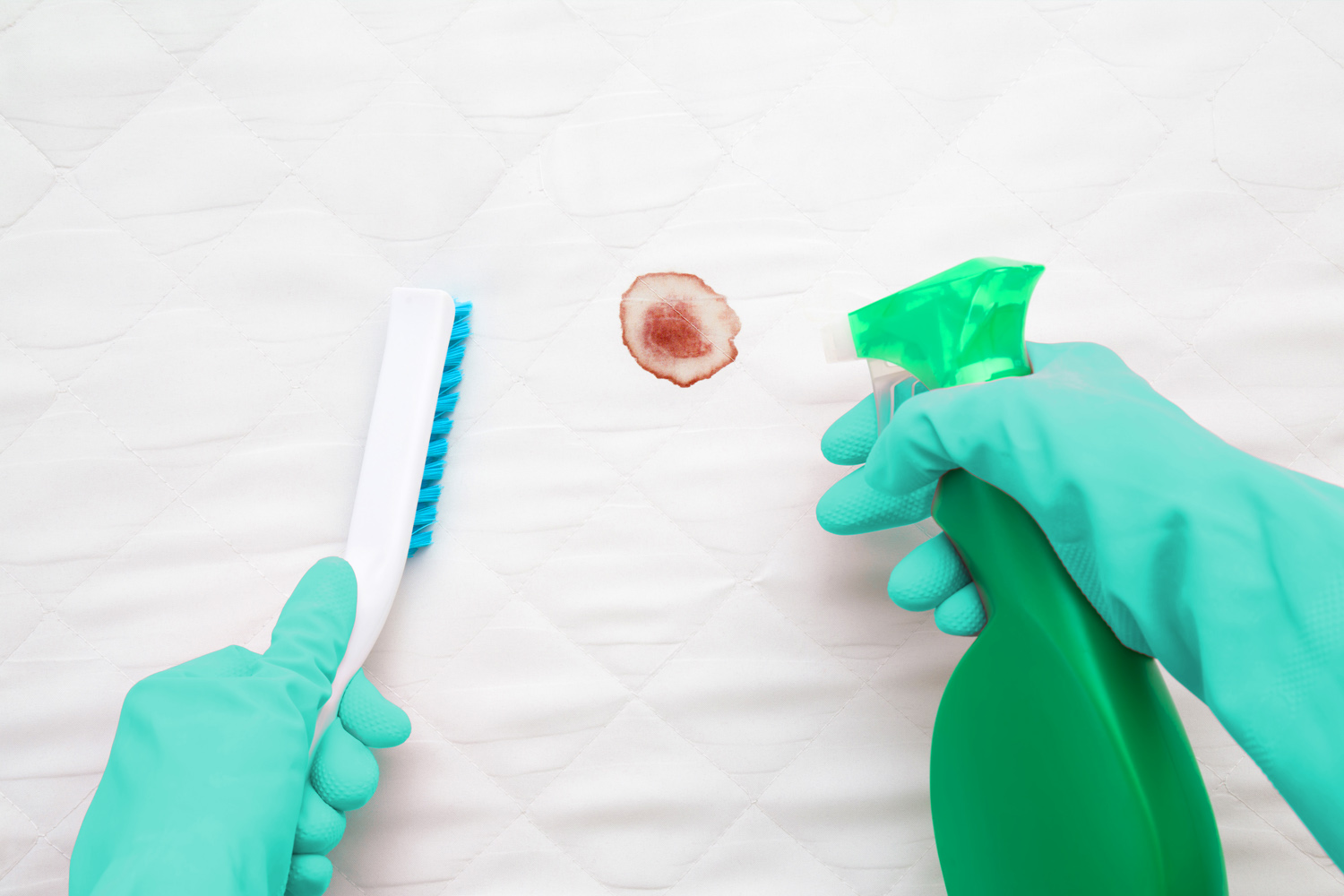
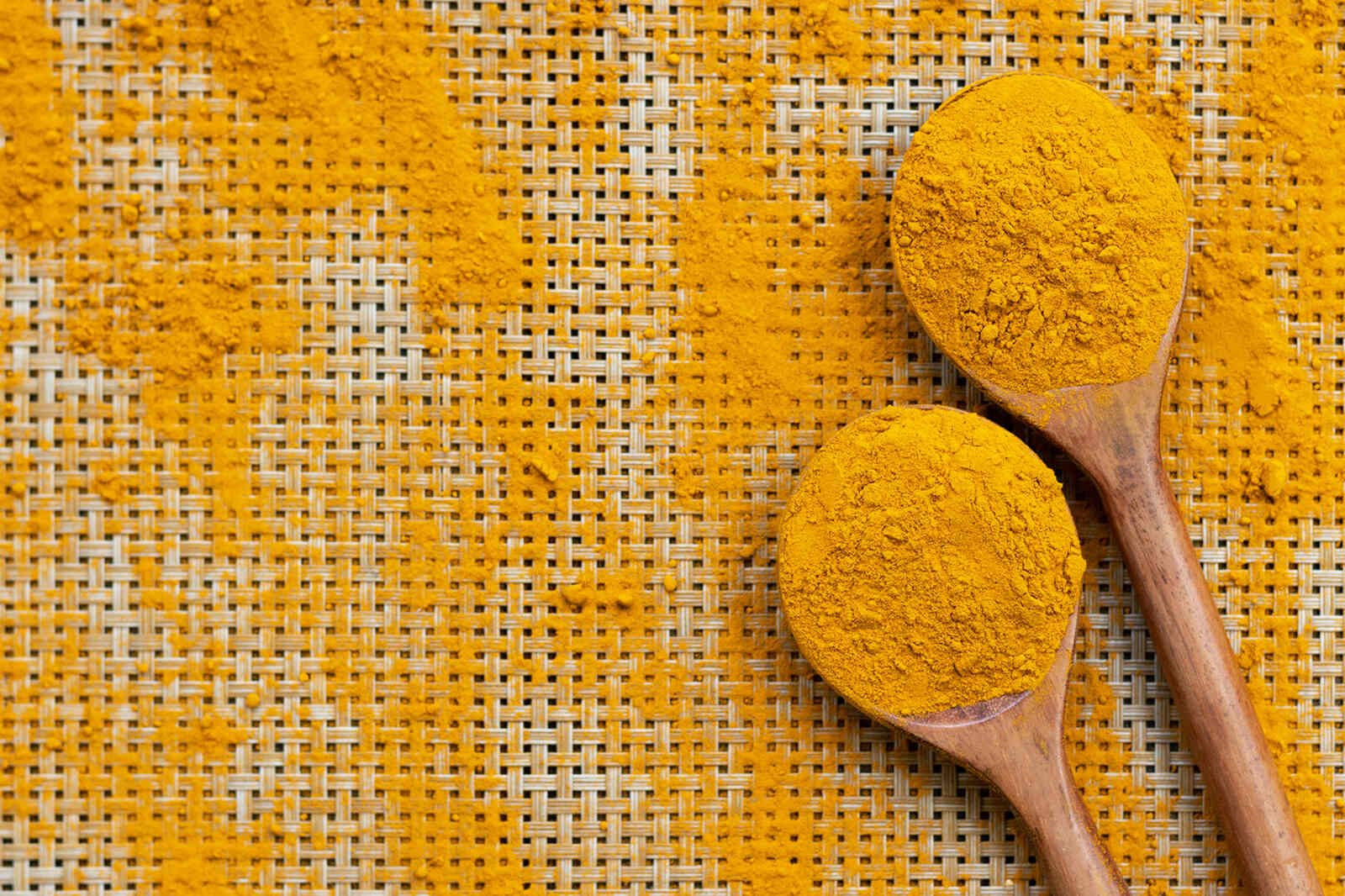

0 thoughts on “How To Remove Stains From A Tablecloth”